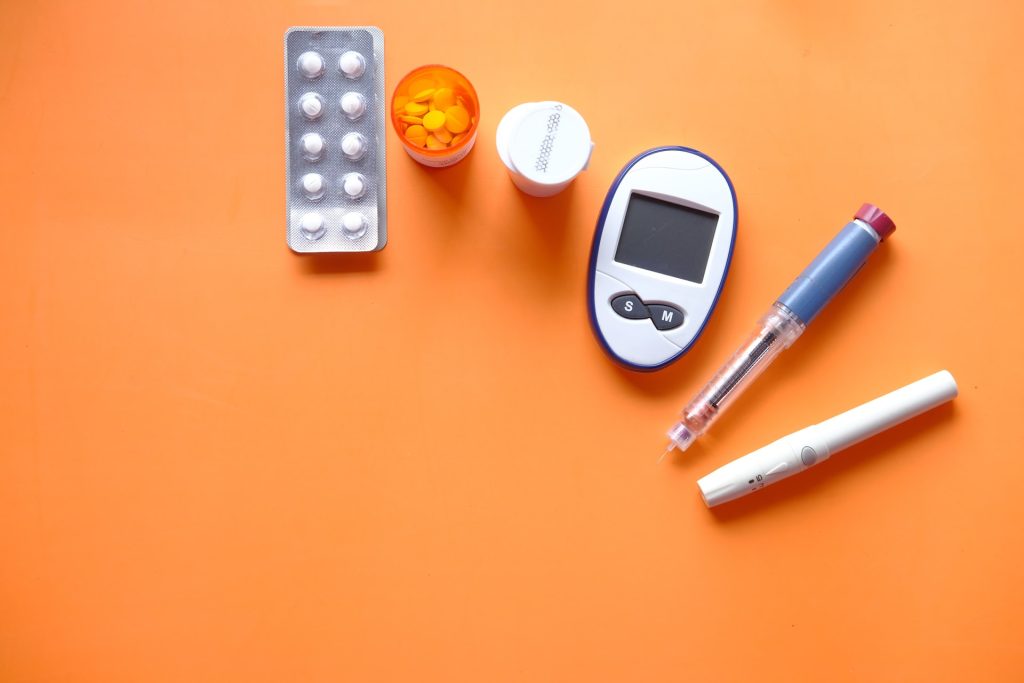
A study found that patients with poorly controlled type 2 diabetes benefitted more from continuous blood glucose monitoring than standard blood glucose monitoring using finger pricks.
While continuous glucose monitoring has well-demonstrated benefits for patients with diabetes, the benefits have only been well studied in patients with type 1 diabetes or patients with type 2 treated with prandial insulin, consisting of multiple daily insulin injections, and not those treated with basal insulin, which is long-lasting and injected only once or twice daily.
Study author Rodica Busui, MD, PhD, at University of Michigan Health, said this of the first studies to assess the impact of continuous glucose monitor in adults with poorly controlled type 2 diabetes with basal insulin.
“Not only does this trial demonstrate the benefits of continuous glucose monitoring for these patients, a technology that hasn’t been covered by many insurers for those with type 2 diabetes, but these benefits were seen across a broad spectrum of socio-economic status and racial backgrounds,” said Dr Busui, adding that about half of the study’s participants were of a racial or ethnic minority.
The randomised clinic trial began enrolling patients in mid-2018 to late-2019, with follow up in mid-2020. The participants received basal insulin, with or without non-insulin medications to help lower blood sugar levels.
“This work wouldn’t have been possible without the partnership between endocrinologists and primary care physicians, as all the patients were recruited and treated by our primary care teams,” said Busui, who is also associate director for clinical research in the Elizabeth Weiser Caswell Diabetes Institute.
The investigators found that continuous glucose monitoring, compared to blood glucose meter monitoring using finger pricks, significantly decreased their haemoglobin A1C over eight months (-1.1% versus -0.16%, respectively).
In addition to testing the efficacy of continuous glucose monitoring paired with basal insulin, Dr Busui and her team sought approach affected patients’ adherence to managing their disease as well as their overall life satisfaction. The 175 study participants exhibited better adherence to managing their diabetes, and their life satisfaction was higher.
“For me, what’s most exciting is that this work demonstrates that using continuous glucose monitoring is effective in substantially improving blood sugars levels and decreasing the risks of hypoglycemia in those that were randomized to use a continuous glucose monitor compared with the usual finger-prick,” said Busui.
“This may open the door for broader coverage of this game-changing technology for all patients with diabetes. More patients can manage their diabetes if they have access to this resource and their primary care physicians are educated on the benefits of their patients utilising it.”
Source: Science Daily
Journal information: Thomas Martens et al, Effect of Continuous Glucose Monitoring on Glycemic Control in Patients With Type 2 Diabetes Treated With Basal Insulin, JAMA (2021). DOI: 10.1001/jama.2021.7444

